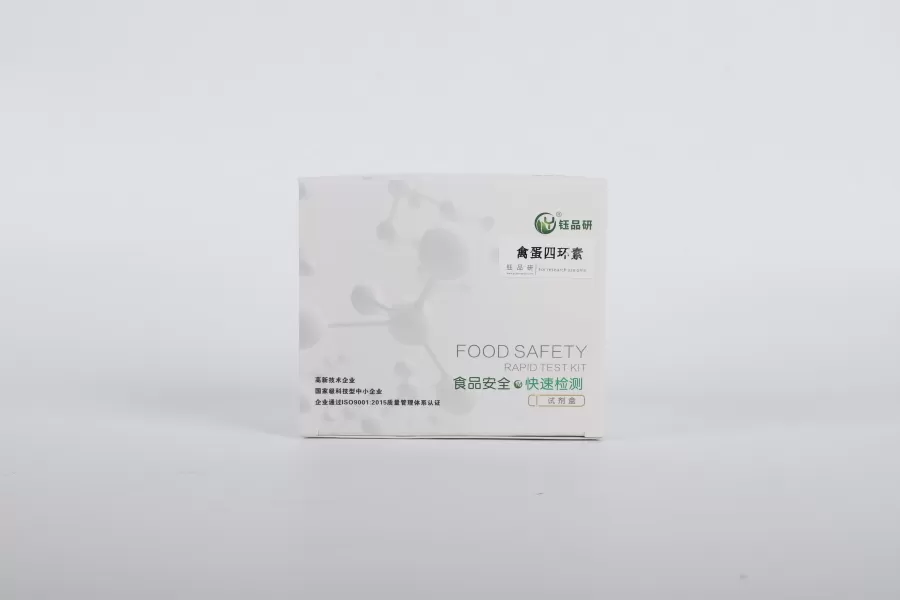From the perspective of regulatory requirements, the 2025 poultry egg inspection plan needs to focus on three major cores: first, the comprehensiveness of testing items, the addition of rapid screening requirements for fluoroquinolones, sulfonamides and other veterinary drug residues, and the strengthening of real-time monitoring of microbial indicators such as salmonella and avian influenza viruses; second, the dynamics of the detection frequency, the implementation of "basic detection + key sampling" dual-track system according to the scale and risk level of breeding, the detection frequency of small and medium-sized farms is increased to 2 times a month, and key areas (such as the surrounding areas of the epidemic area) are increased to 1 time per week; third, the intelligence of data traceability requires the detection data to be uploaded to the provincial food safety supervision platform in real time, and it needs to be stored for at least 3 years to achieve "detection-result-rectification"
In response to the above requirements, the quick inspection plan for poultry eggs in 2025 can be optimized from both technical and process aspects. At the technical level, it is recommended to use "colloidal gold immunochromatography + Raman spectroscopy" combined technology: the former can produce results within 15 minutes for indicators such as salmonella and residual drugs; the latter analyzes the ingredients in eggs through non-destructive testing to avoid the damage of traditional testing to eggs. At the same time, it is necessary to introduce Internet of Things sensors, and deploy temperature and humidity monitoring and rapid detection modules in the transportation process to achieve "quality tracking throughout the transportation process".
process optimization, it is recommended to build a "three-level fast inspection network": enterprise self-inspection (daily sampling of raw eggs entering the factory), regional center testing (weekly full coverage screening of eggs in wholesale markets within the jurisdiction), and provincial sampling (monthly flight testing of high-risk products). Pre-test processing needs to simplify the operation steps, using "sample homogenization-reagent reaction-result interpretation" integrated equipment to compress the single test time to 30 minutes. In addition, it is necessary to establish a "fast test result abnormal response mechanism", start the re-inspection procedure immediately for positive samples (using HPLC or PCR confirmation technology), and synchronously trace the source to prevent the problem product from entering the market.
In terms of data management, it is necessary to connect with the national "Internet + supervision" platform, and the detection data cannot be tampered with through blockchain technology implementation. The regulatory department can retrieve the enterprise detection records in real time and automatically warn the abnormal data. At the same time, regular training of fast inspection personnel is carried out to ensure that the operation specifications and equipment calibration meet the latest national standards (such as GB 31658-2021 "National Standard for Food Safety, Maximum Residue Limits of 47 Veterinary Drugs in Poultry Eggs").
The core of the 2025 fast inspection plan lies in the combination of "regulatory adaptability" and "technical practicality". Only by translating the latest regulatory requirements into a practical testing strategy can we reduce the cost of enterprise compliance and promote the high-quality development of the industry while ensuring the safety of poultry eggs. In the future, with the deep integration of AI algorithms and quick inspection technology, intelligent monitoring of egg quality and safety will become a new trend, and enterprises need to layout technology upgrades in advance to seize the compliance opportunity.


